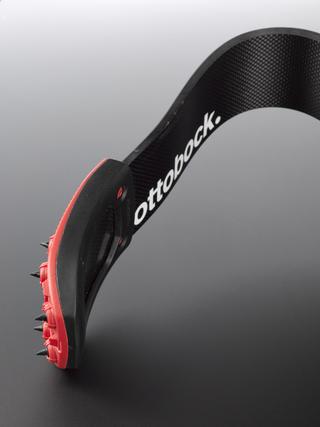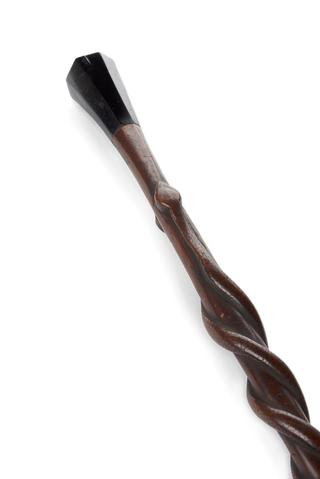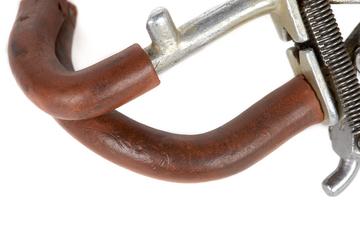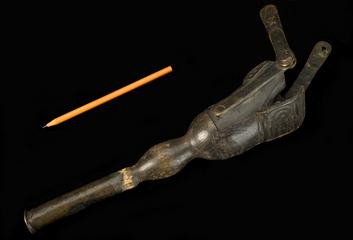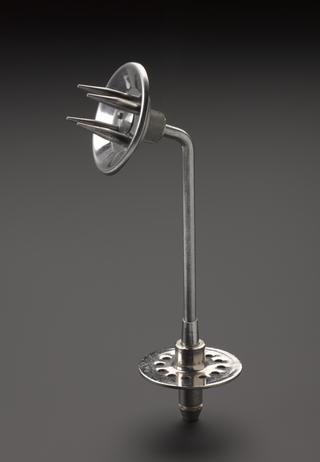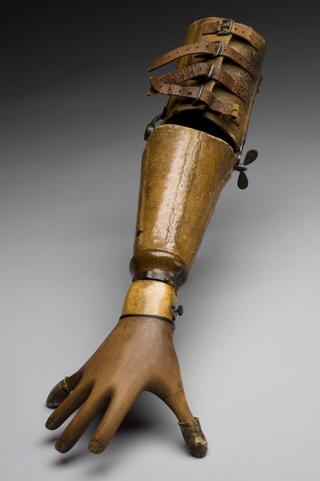
'Turbo' Mark VI powered wheelchair, England, 1986-1989
- inventor:
- Dan Everard



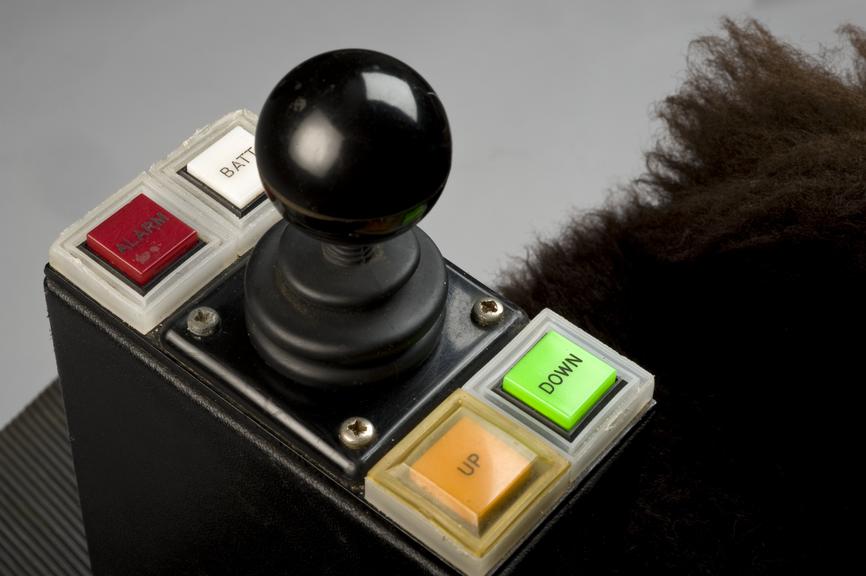
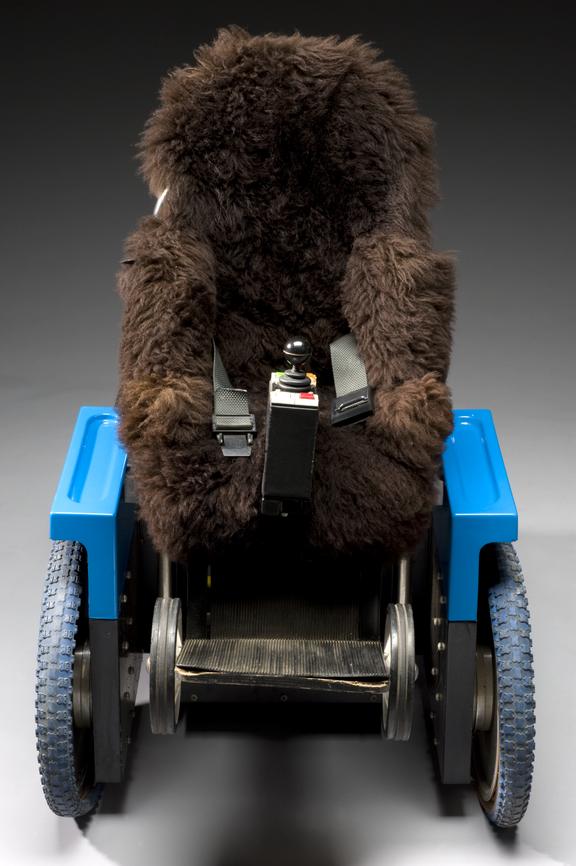
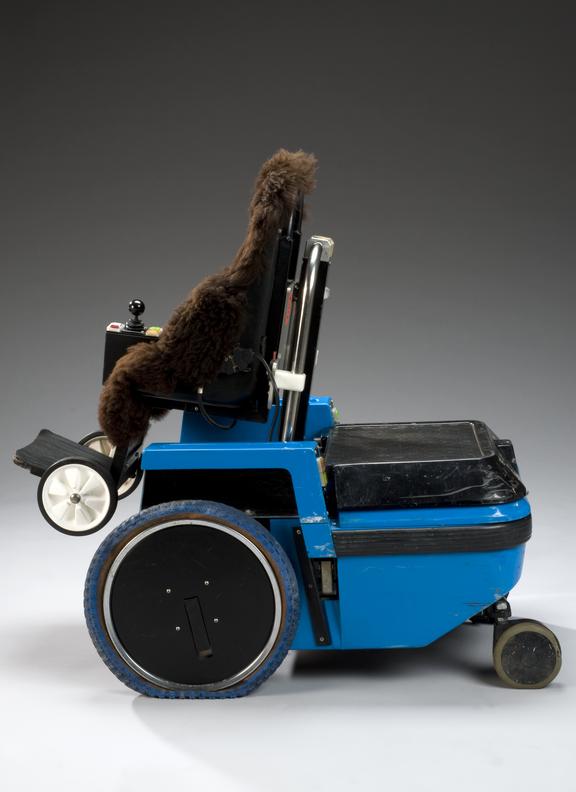
'Turbo' (Mark VI) powered wheelchair for use by children as young as two and incorporating a number of features to allow the development of independent mobility, manufactured by Everaids, England, c.1986-89.
Children as young as twelve months used this 'Turbo' Mark VI powered wheelchair. It was developed by Dan Everard, the father of a child with spinal muscular atrophy (SMA) – a genetic condition that causes severe muscle weakness. The chair incorporates several features that promote independent mobility. The child can control their height within the chair and the chair’s movements to let them explore their environment. This is at a similar age to an able-bodied toddler learning to do the same thing. It was also possible to exchange the seat for a therapeutic standing frame, to allow movement while standing up. The motor unit is housed behind the child's seat under a non-slip covering and another child could stand on this platform. The successors to this powered chair continue to be developed by Dan Everard, through Dragonmobility, his company based in Cambridge, England.
Details
- Category:
- Orthopaedics
- Object Number:
- 2006-182
- Measurements:
-
overall: 970 mm x 590 mm x 960 mm, , 111kg
- type:
- motorised wheelchair
- credit:
- RMS (Rehabilitation Manufacturing Services) Ltd
